The effect of Hand Sanitiser on Jewellery
When 2020 started, we didn’t think anybody would have guessed what would happen! The importance of hand sanitiser has risen as the spread of Covid-19 continues to affect our daily lives. Our hand hygiene is now more important than ever before, which has left many questions whether using hand sanitiser is safe while wearing jewellery such as an engagement ring or wedding ring.
What is hand sanitiser made of?
Hand sanitiser is a disinfectant used as a cleaning agent which falls into two types:
-
Alcohol-based sanitisers are mixed with ethyl or isopropyl alcohol, glycerin and fragrance.
-
Alcohol-free sanitisers contain antibacterial, triclosan, which is an antiseptic povidone-iodine, and a chloride cleaning agent.
No matter which version you use, there will always be a combination of antiseptics and disinfectants.
The goal of hand sanitiser is to kill bacteria present on your hands and prevent the growth of microorganisms that could cause sickness or disease.
Using sanitiser ensures that you sterilise your hands against any bacteria, germs, or toxic microorganisms that could make you ill.
Hand Sanitiser and Jewellery
Hand sanitiser has the potential to be harmful to your jewellery while keeping you safe from germs. The possible effects of hand sanitiser on jewellery are - Diminished brilliance of your diamonds and gemstones, whilst the metal of the band also becomes dull, with the rhodium on white gold pieces being worn off. On top of these aesthetic effects, there can also be a buildup of sanitiser between the metal work and gemstone.
While this is disappointing, the thought should never put you off using sanitiser to protect yourself from germs.
We will now look into more detail of the possible effects of hand sanitiser on your jewellery.
Hand Sanitiser, Diamonds And Gemstones
Using hand sanitiser while wearing a ring is unlikely to cause any immediate damage to diamonds and gemstones, but can cause wear and tear over time.
Because the chemicals in hand sanitiser leave a residue, it will dull the shine and brilliance of stones after a period of time. Once that has been removed from your stones, it’s very hard to get back.
Cleaning your diamond rings and jewellery regularly with soap and warm water supports to prevent the build up of residue, but we recommend that you avoid building up the residue in the first place. Simply take off your rings, use hand sanitiser, then replace the rings on your hands once they are dry to protect your diamonds and/or gemstones.
Hand Sanitisers and Precious Metals
The effect hand sanitiser has on precious metals varies by the metal and also the sanitiser you’re using.
Alcohol-based Sanitiser
Alcohol-based sanitiser doesn’t cause immediate damage, but the buildup of residue could cause metals to tarnish and wear over time.
Yellow gold is the least susceptible to damage from hand sanitiser, because there’s no layer or film that can become tarnished or worn.
Platinum is also very safe because it doesn’t react with the chemicals in hand sanitiser. However, you still want to avoid it and ensure it’s regularly cleaned to stop the shine of the metal from being dulled.
White gold is likely to be damaged by sanitisers. The rhodium plating in white gold has the potential to wear off. White gold jewellery sometimes requires replating at various points, but the use of hand sanitisers will speed up the process.
Rose gold is another under threat because the chemicals will react with the copper elements that give rose gold that beautiful pink hue.
The most caution should be reserved for sterling silver rings. They are quite susceptible to tarnishing through chemical reactions from hand sanitisers.
Alcohol-free Sanitisers
While alcohol-free sanitisers aren’t the most effective at killing germs, they could also do more damage to your jewellery. The chlorine-based chemicals and compounds found in these are more harmful to jewellery than the alcohol-based ones.
Sterling silver is most at risk from these sanitisers, with the chlorine-based compounds being likely to tarnish the metal.
If you can only use alcohol-free hand sanitisers, we recommend that you remove your ring when applying the cleaning agent. Your hands must be completely dry before putting the ring back on your finger.
Jewellery cleaning top tips
Ultimately, soap and water remain the best method for keeping your hands clean and preserving your jewellery. However, we understand that sanitiser might be your only option in certain situations.
As we’ve explored, there are differing effects depending on the jewellery you are wearing. If you’re really concerned about potential damage, another great form of jewellery protection at home is to use a jewellery box every time you remove it. If you can’t take them off, remember to clean your jewellery with dishwashing soap and warm water to remove the build-up of residue.
Most importantly, keep good hygiene for yourself and wash your hands regularly so that we can all get through this pandemic together.
For more jewellery advice from Diamond Heaven, head over to our blog!



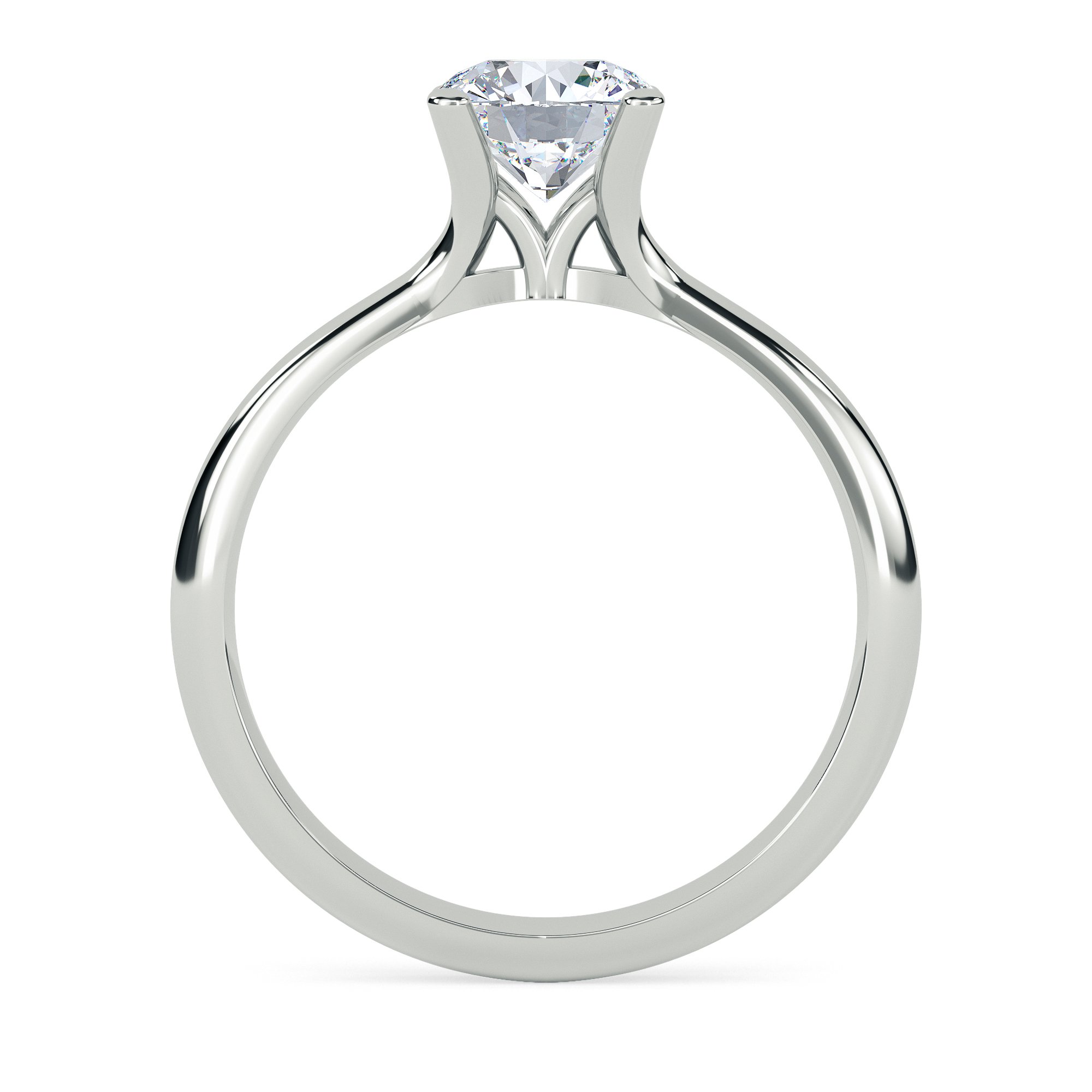
 Twitter
Twitter

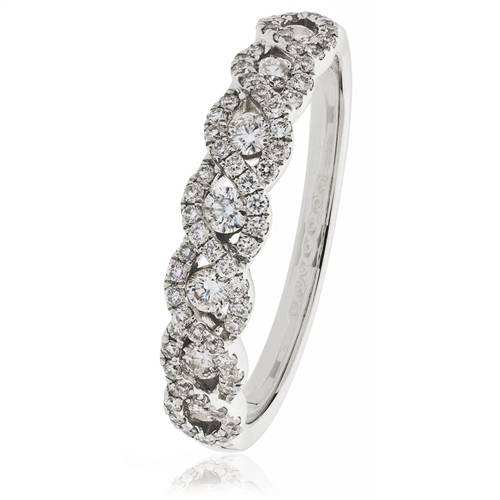
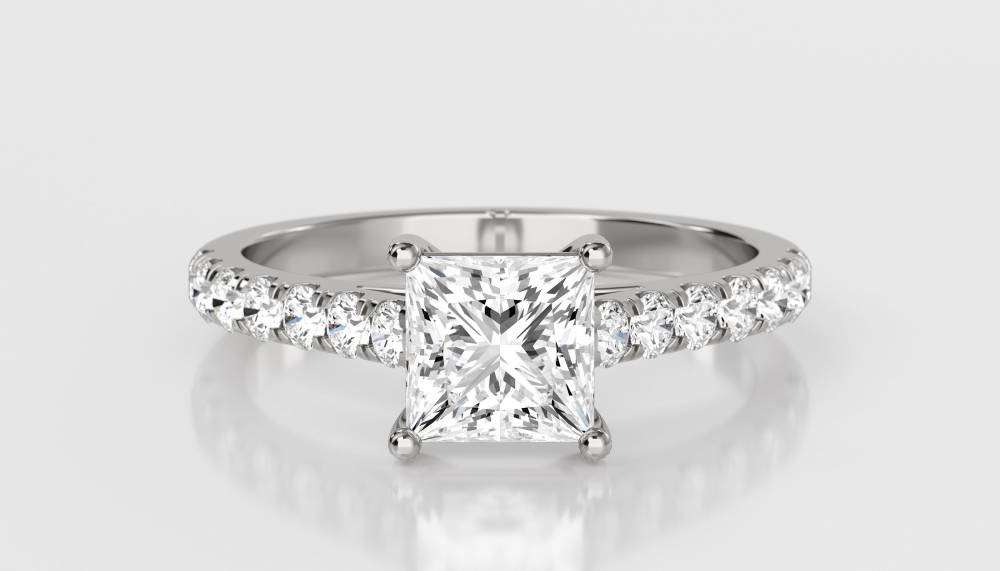
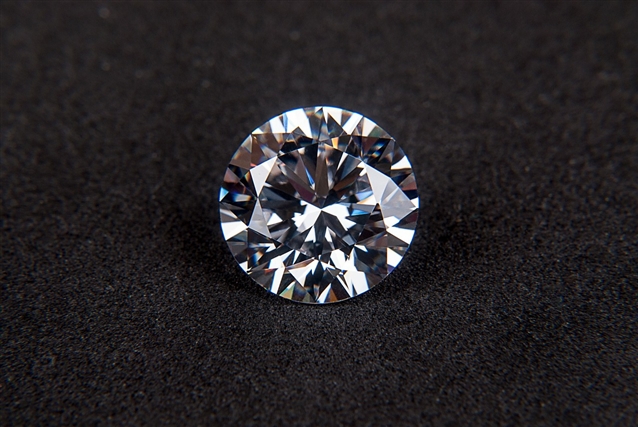 The GIA have added country of origin reports for Coloured Diamonds
The GIA have added country of origin reports for Coloured Diamonds How to Stop Your Jewellery From Being Damaged
How to Stop Your Jewellery From Being Damaged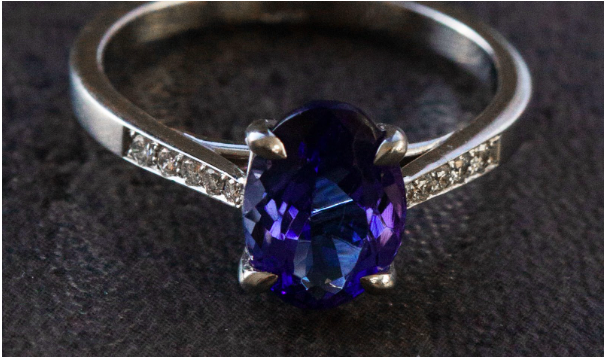 Why Buy Tanzanite Diamond Jewellery?
Why Buy Tanzanite Diamond Jewellery?